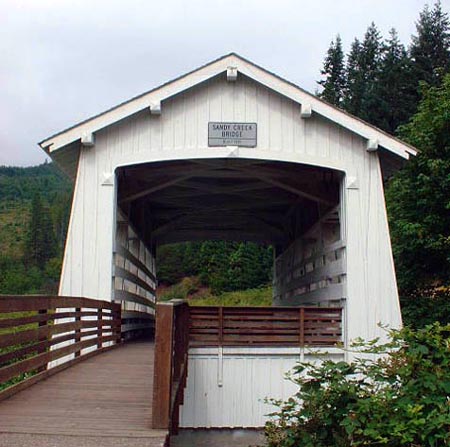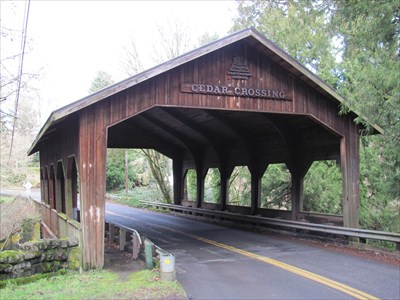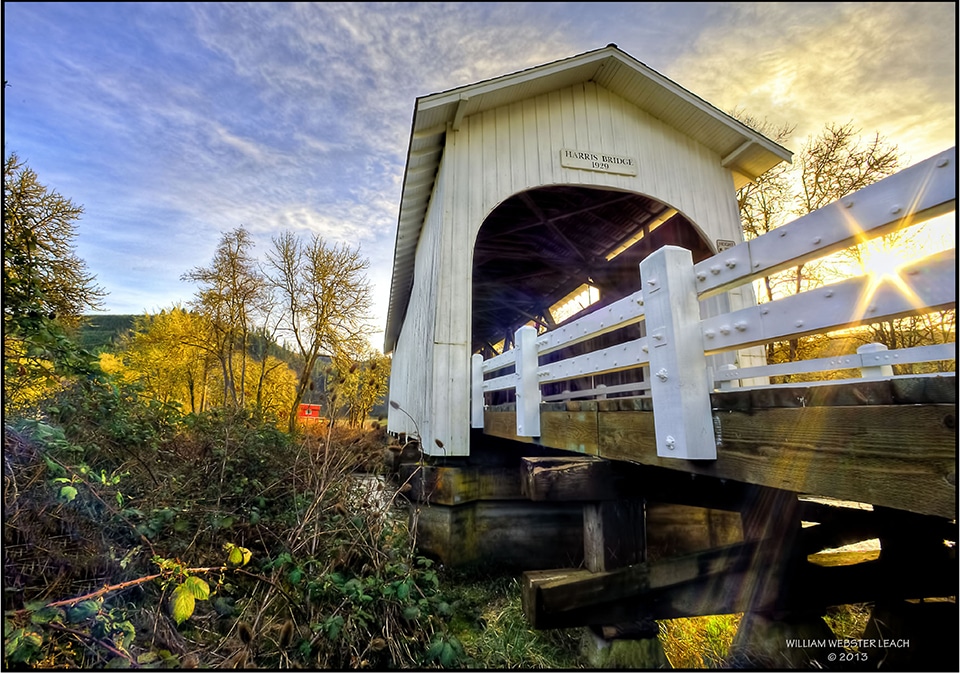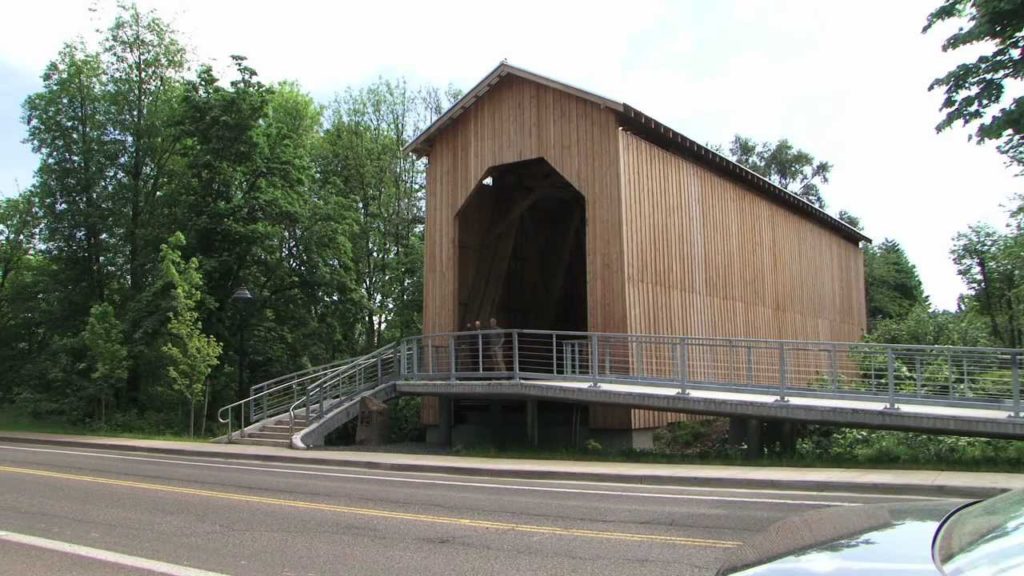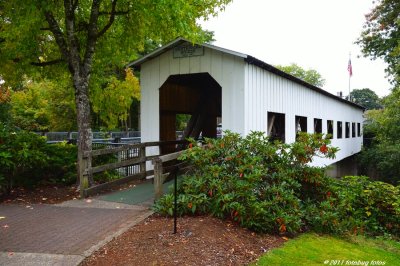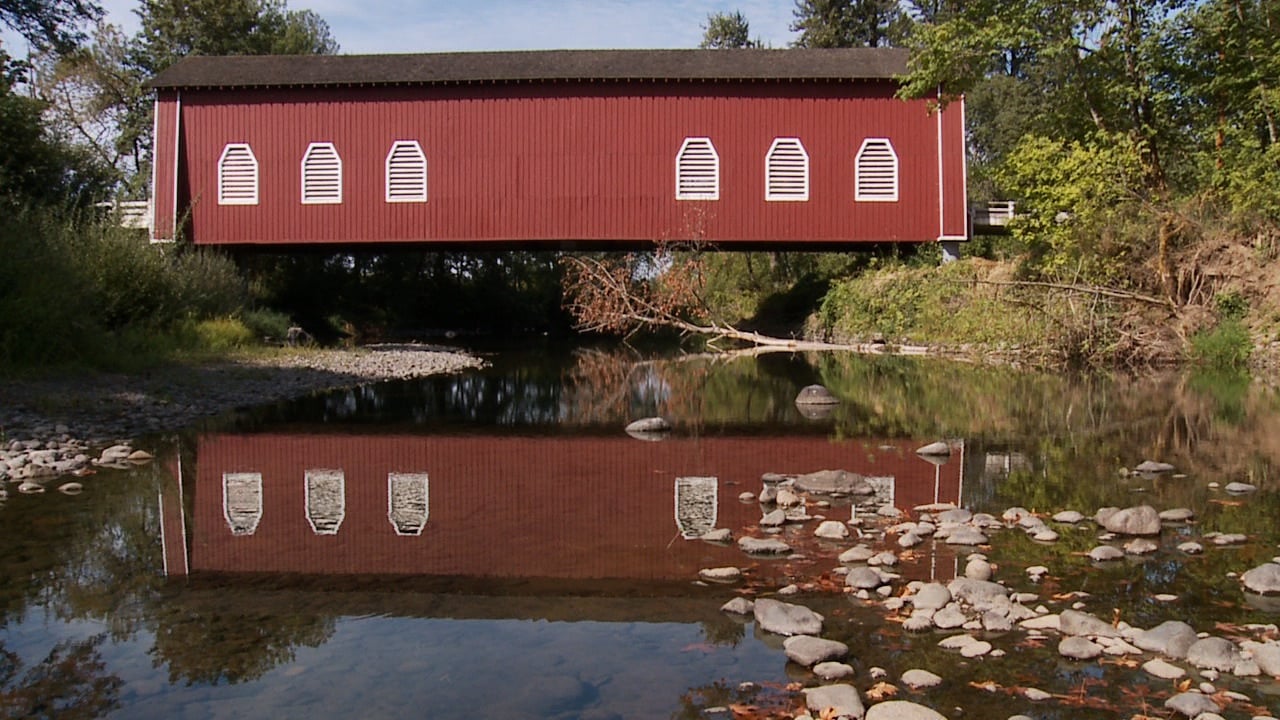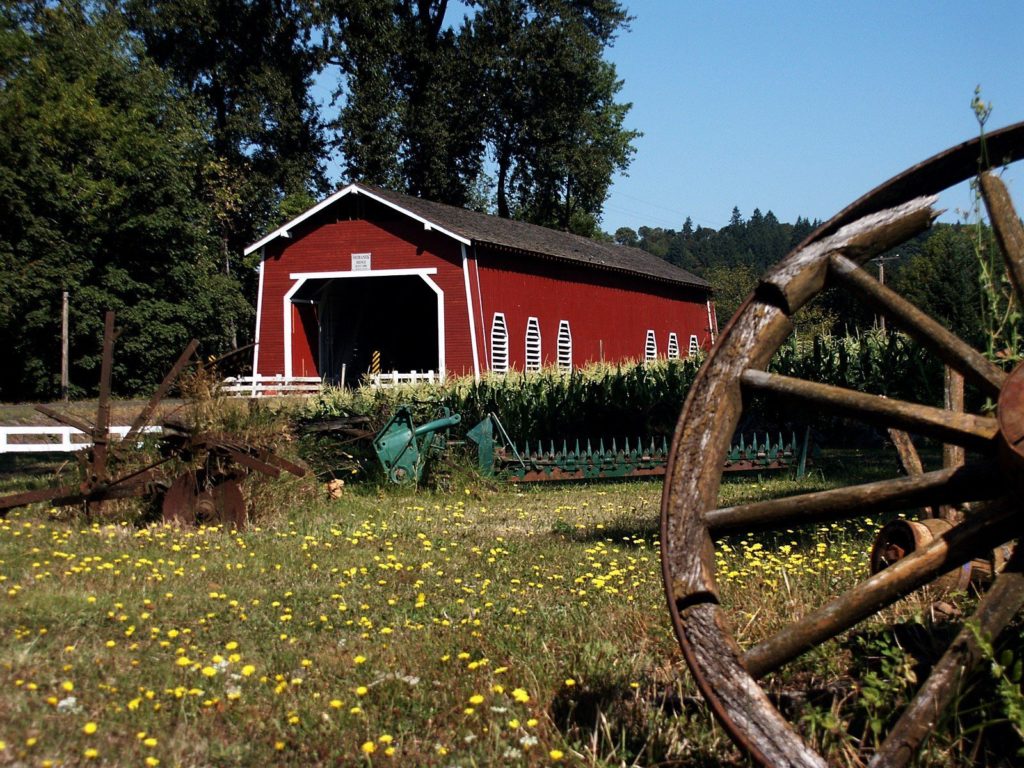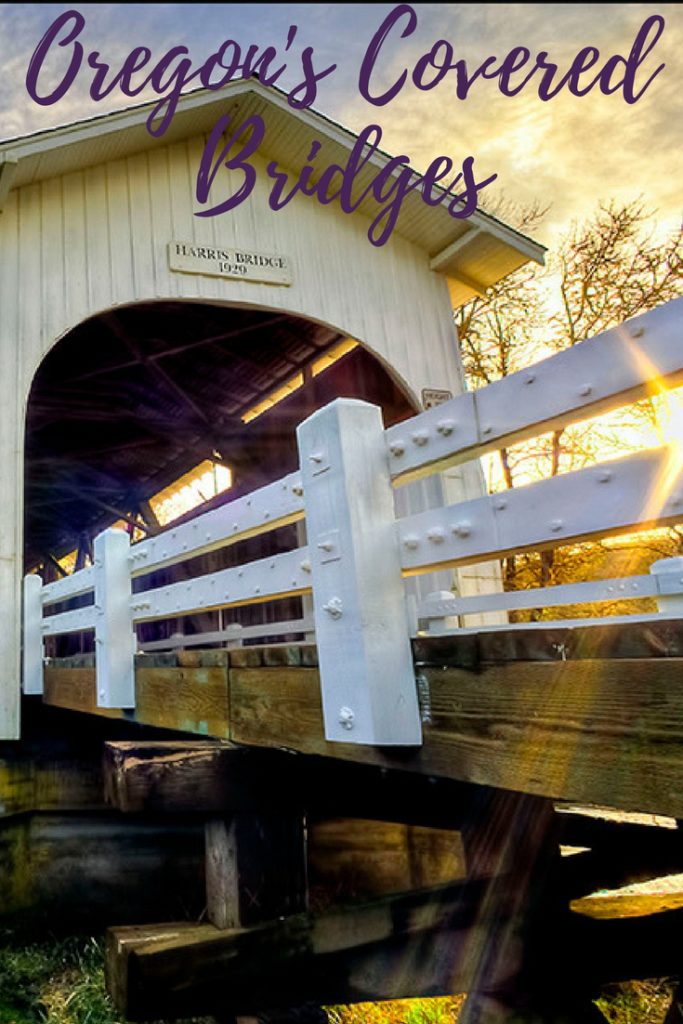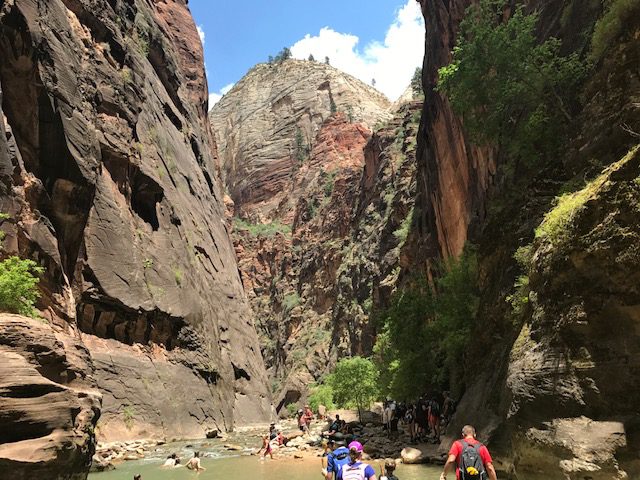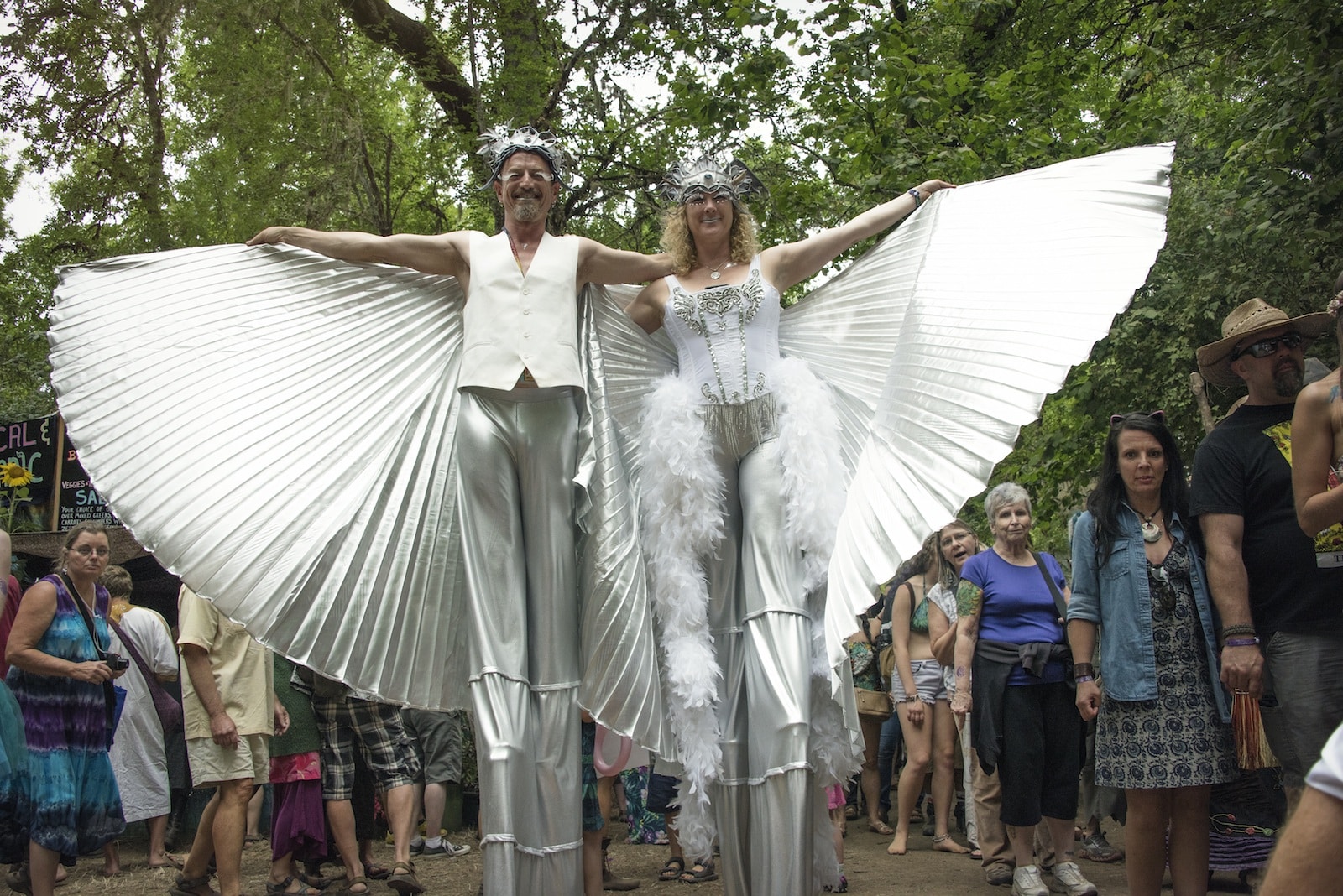The covered bridges of ages past hold a romanticism, not unlike your local childhood soda shop, or the drive-in movie theatre just outside of town. Covered bridges are a cherished piece of Americana – taking a Sunday drive through one beckons images of simpler times.
The Heyday of the Covered Bridge
Many of these bridges were built during the height of the great depression, throughout the 1930’s. Oregon has a plethora of covered bridges still in existence. Out of the 600 covered bridges that once stood, about fifty remain. Here is an interactive map of all of them:
Covered Bridges of Oregon Website
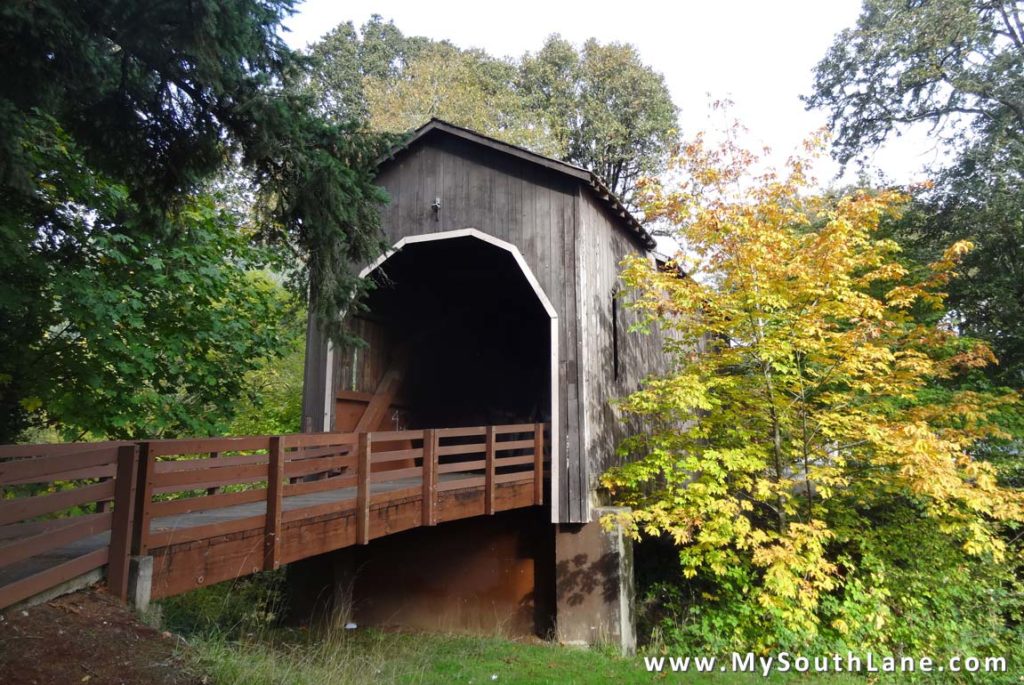
Practical Romance
Back in the day, covered bridges, while very cool looking, were not only built for their glorious aesthetic – they had a practical purpose. Since bridges in the early 20th century were primarily made of wood, there had to be some way of protecting the wood from the elements, such as rain. Covering the bridges solved this problem so that the set in water would not rot the wood. On average, covered bridge lasted five times longer than their naked-in-the-rain counterparts. The extra money spent at the outset to cover the bridges prevented, even more, money spent later on to continuously replace the wood.
Federal dollars have been set aside in recent years for the general upkeep and preservation of these cherished bridges. Here are just a few to prompt your next romantic road trip through Oregon. So if you have a day or two, a full tank of gas and a healthy bout of nostalgia taking a tour through Oregon’s covered bridges is one of the best ways to see the state.
Most of Oregon’s covered bridges reside in Linn and Lane counties, along the southern Willamette Valley. This makes it pretty easy to take a day, or even an afternoon, to hit many of them.
